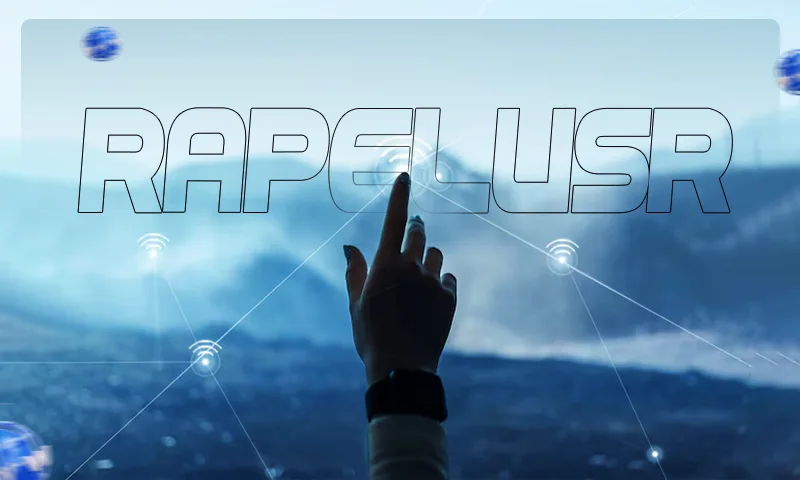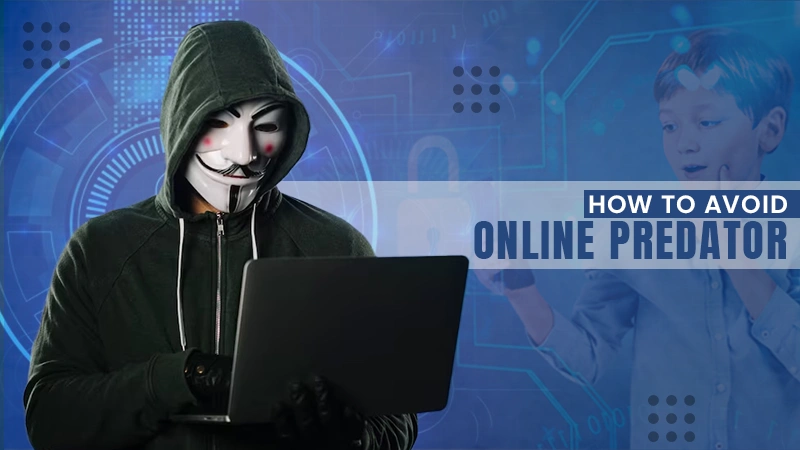Internet Safety in Education: Protecting Students in the Online World
In the digital age, introducing the Internet into educational frameworks has revolutionized how students learn, connect, and engage with information. With an ever-increasing percentage of students gaining access to online resources, the internet has swiftly evolved into an indispensable tool for modern education.
However, this expansion into the online realm has not been without its perils. The number of security risks and potential threats looms large, posing significant dangers to the internet safety and well-being of students. Amidst these concerns, this article will serve as a guiding light, illuminating the various strategies and measures crucial to safeguarding students in the online world’s dynamic and often treacherous landscape.

Understanding Online Threats
Before diving into the different ways to protect students in the online world, protecting your kids from online threats is vital for fostering a safe digital learning environment. Today, the internet is a valuable resource for students, providing access to various educational materials and tools.
However, this increased connectivity also exposes students to various online risks, including cyberbullying, phishing scams, identity theft, and exposure to inappropriate content. Moreover, the growing academic pressures and challenges students face might lead some to consider seeking external help, such as having to pay someone to do homework, further highlighting the complex dynamics of the online educational sphere.
Amidst these complexities, developing a comprehensive understanding of the diverse threats that students encounter online is advisable. Cyberbullying, for instance, can have severe and long-lasting psychological effects on students, impacting their emotional well-being and academic performance.
Similarly, phishing scams and fraudulent websites can compromise students’ personal information and data, posing a significant threat to their privacy and security. By acknowledging these multifaceted risks, educators and stakeholders can proactively implement measures to protect students from the potential harms of the digital landscape, fostering a secure and conducive online learning environment.
Ways to Protect Students in the Online World
Education on Online Safety
Today, comprehensive education on online safety is essential for students. The internet is a broad, dynamic space with numerous benefits and potential pitfalls. Therefore, equipping students with the knowledge and skills to navigate it safely is paramount. This educational process should encompass various aspects of online safety, from understanding different types of online threats to learning how to protect one’s personal information.
For example, students must be aware of the risks of sharing personal information online. As per a report by the Identity Theft Resource Center, in 2021, there were over 1,700 data breaches in the United States alone, exposing millions of individuals’ personal information. These breaches highlight the significance of teaching students how to safeguard their private data, avoid oversharing on social media, and recognize phishing attempts. By understanding the potential consequences of oversharing or falling victim to phishing attacks, students can take proactive steps to protect their personal information.
Utilizing Reliable Security Software
Reliable security software is also a fundamental component of online safety. So, all devices used for academic purposes should be equipped with reputable antivirus and anti-malware software to protect against online dangers such as viruses, malware, and phishing attacks.
For example, popular antivirus software like Norton, Bitdefender, and McAfee provide real-time protection against viruses and malware. These programs frequently update their databases to detect new threats. Also, regular software updates are critical to maintaining the effectiveness of these tools. Cybercriminals constantly evolve tactics, and security software vendors respond with patches and updates to address new threats. Failure to update security software can leave students vulnerable to the latest malware and cyberattacks.
Promoting Responsible Social Media Use
Social media play an integral role in students’ lives, and responsible usage is paramount. While social media offers numerous benefits, including staying connected with peers and accessing educational resources, it also presents risks related to privacy, cyberbullying, and online harassment.
Educating students about the potential consequences of their online actions is essential. For instance, content posted on social media can have a lasting impact on an individual’s personal and professional life. In a survey conducted by CareerBuilder, 70% of employers out there reported using social media to screen job candidates. Inappropriate content or behavior on social media platforms can result in missed opportunities or reputational damage. Therefore, students should understand the importance of thinking before they post, ensuring that their online presence reflects their values and aspirations.
Collaborating with Parents
Collaboration between educational institutions and parents is crucial for ensuring consistent online safety rules. Parents are often the first line of defense in a student’s online safety journey, and they play a critical role in reinforcing the principles taught at school. Therefore, schools can conduct workshops or information sessions for parents, guiding, setting up parental controls, monitoring online activities, and recognizing signs of online distress or cyberbullying.
However, it’s equally important to provide parents with the knowledge and tools to enforce online safety rules at home effectively. Open channels of communication between schools and parents are essential to address online concerns promptly. Together, they can create a unified front in promoting a safe and supportive online environment for students.
Creating Strong Password Policies
The strength and security of passwords are paramount in the online world. Weak passwords are a common entry point for cybercriminals. Thus, educating students on creating and managing secure passwords is crucial. Password policies should emphasize the importance of using unique, complex combinations of characters, including uppercase and lowercase letters, numbers, and symbols.
For instance, a strong password like “P@$$w0rd123” is far more resilient to hacking attempts than a simple one like “password123.” Statistics from cybersecurity firm SplashData’s annual list of the worst passwords consistently show that common and easily guessable passwords, such as “123456,” remain among the most frequently used. In 2020, “123456” and “password” topped the list, emphasizing the need for stronger password practices.
Regular password updates should also be encouraged. By changing their passwords regularly, students can reduce the likelihood of unauthorized access to their accounts. It’s essential to teach them how to use password management tools to track their login credentials, ensuring they are not using the same password for different accounts, which can be a security risk.
Enforcing School Internet Policies
Schools must establish and enforce clear Internet usage policies to maintain a secure online learning environment. These policies can include content filtering systems that block access to inappropriate or harmful websites, thereby protecting students from exposure to harmful content.
A National Center for Education Statistics report revealed that 88% of schools in the United States had implemented internet filtering or blocking software during the 2017-2018 school year. Content filtering helps to prevent students from accessing websites with explicit content, violent material, or malicious software. By maintaining a secure online environment, schools can create a space where students can succeed academically without compromising their security.
Monitoring online activities is another critical aspect of enforcing Internet policies. Schools should regularly assess students’ online behavior and address any violations appropriately. This ensures that students understand the consequences of breaching school internet policies and contributes to the overall safety and integrity of the online learning environment.
Conclusion
Online safety in education is a multifaceted issue that demands a holistic approach. Comprehensive education on online safety, strong password policies, reliable security software, responsible social media use, collaboration with parents, and the enforcement of school internet policies are all essential components in protecting students in the online world. These strategies, accompanied by relevant statistics and real-world examples, form a comprehensive approach to ensuring students’ digital safety and well-being in today’s educational landscape.
Share
















